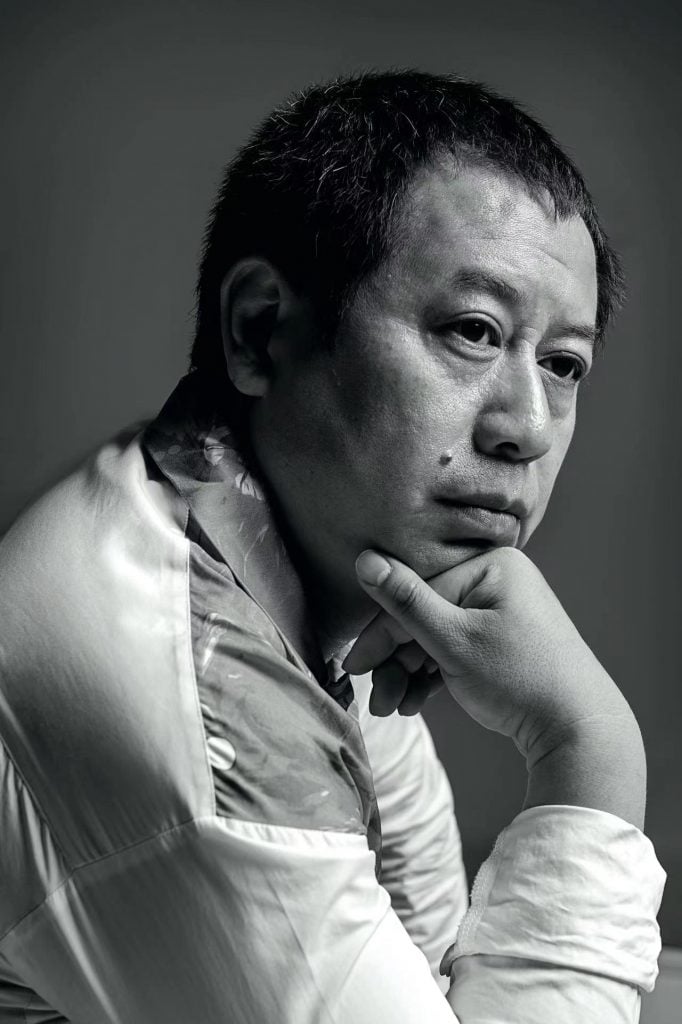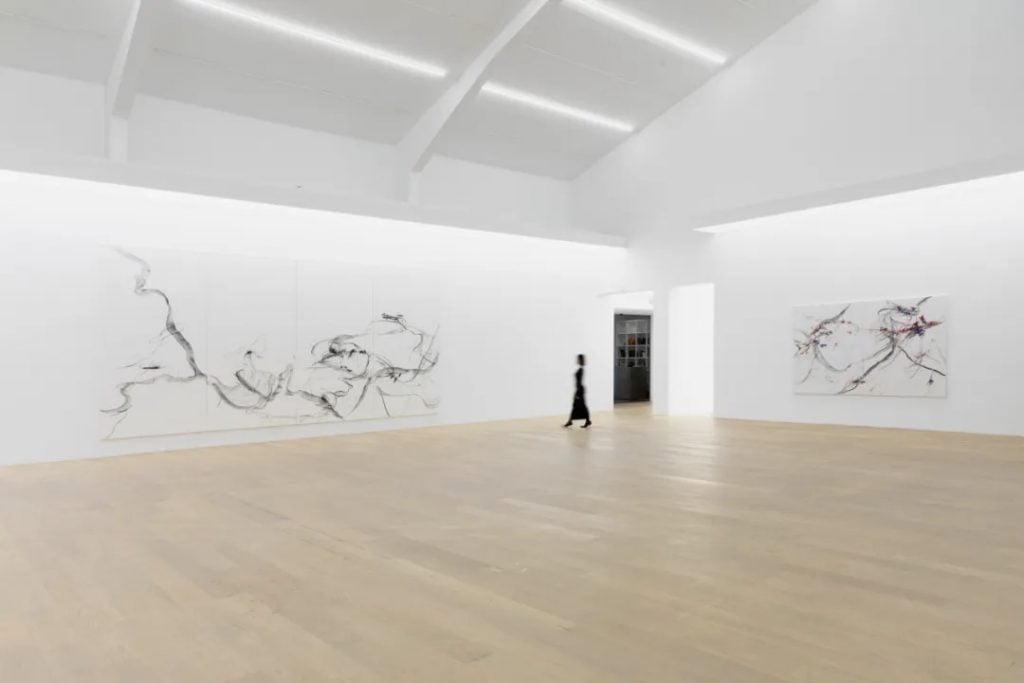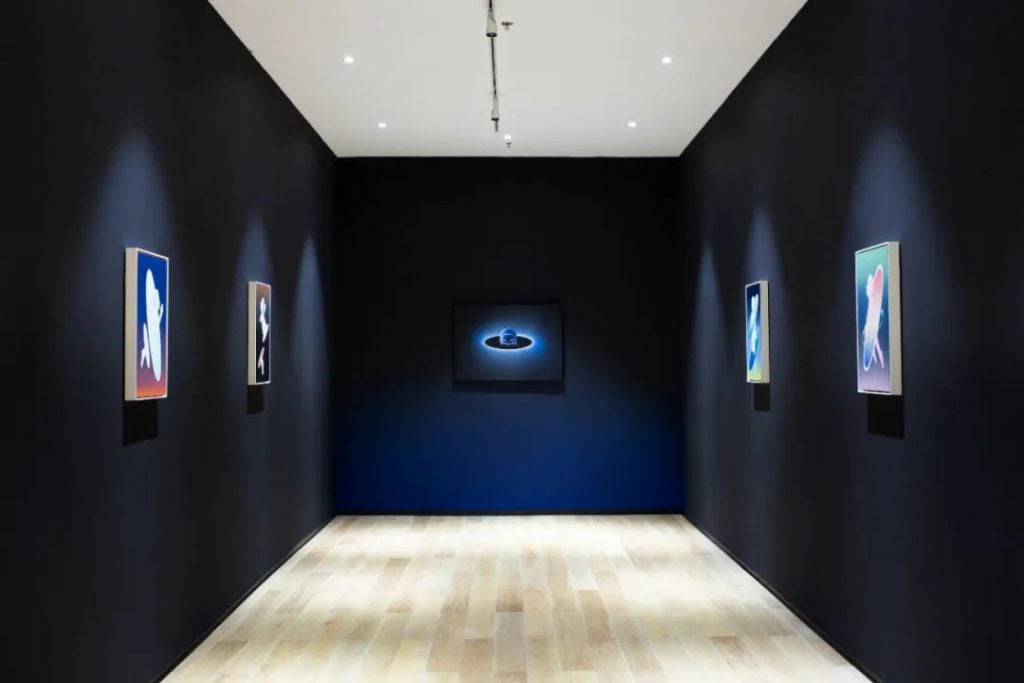Market
Tang Contemporary Art Founder Zheng Lin on the Untapped Potential of Southeast Asia
'In these challenging times, galleries must adapt to survive,' the veteran dealer says.

'In these challenging times, galleries must adapt to survive,' the veteran dealer says.

Zheng Lin

The View From is excerpted from The Asia Pivot, Artnet Pro’s biweekly members-only newsletter providing mission-critical analysis, insights, and exclusive intelligence on developments in Asia’s art markets, with a focus on business opportunities and challenges. Subscribe here to receive it directly to your inbox.
Zheng Lin founded Tang Contemporary Art in Bangkok in 1997. Since then, the gallery has expanded to include seven locations across Beijing, Hong Kong, and most recently Seoul, showcasing a diverse range of contemporary art.
Reflecting on the transition of the Lunar New Year, marking the change from the old to the new, I find myself, as a gallery owner, deeply engrossed in contemplating the future trajectory of the art market. The year 2023 posed significant challenges for us at Tang Contemporary Art. The first half was marked by optimism; however, the latter half took an unexpected downturn, significantly more severe than anticipated. Notably, events such as the Art021 Shanghai Contemporary Art Fair and the Sotheby’s Long Museum sale signaled a widespread slump in the Chinese contemporary art market.
As we gaze into 2024, the continuation of this downturn looms like a prolonged, harsh winter for numerous artists and galleries.

Wang Xiyao’s solo exhibition “Liang Xiao Yin” at Tang Contemporary Art, Beijing 1st Place, 2023
The general consensus is that, in 2024, it will remain a buyer’s market, yet I believe this perspective may not be entirely accurate. In my view, the market will continue to favor sellers, especially esteemed blue-chip artists and highly sought-after millennial artists. A plethora of young talents, both within and beyond Asia, command extensive waiting lists of eminent collectors. So, the notion of a “buyer’s market” should be viewed with nuance, taking into account the diverse ecosystems of galleries, artists, and collectors.
In these challenging times, galleries must adapt to survive. The past years of the pandemic witnessed notable adaptations by leading galleries, which emerged stronger in the process. Tang, too, has evolved, focusing on cultivating partnerships with the youth, fostering international collaborations, and developing a network of foreign collectors. These strategic adjustments have propelled our growth across Asia.
Over my 30 years in the field, Southeast Asian collectors have operated at a high caliber. The region’s art and artists, diligently promoted by our gallery, have garnered attention from collectors across Asia and Europe, underscoring the importance of aligning offerings with local market preferences, making them jie di qi (“down to earth”), a term often used in Chinese.

Gongkan’s solo exhibition “Introspection” at Tang Contemporary Art, Bangkok, 2011
Around 2000, despite the fact that China’s art scene was burgeoning as the country opened up, its market was nascent, with limited collector engagement and investment. This period marked our exploration into international exhibition and sales opportunities, coinciding with the formation of the Chinese contemporary art market and Southeast Asia’s growing interest in Chinese artists.
Since the late ‘90s, our deep-rooted collaboration with Southeast Asia has yielded numerous significant projects and exhibitions. Despite the entry of international galleries into the region, our approach remains distinct. Our efforts in fostering exchanges between Chinese and Southeast Asian artists have cultivated a vibrant collector community, a feat not easily replicated by larger foreign galleries, which often prioritize Asian collectors over local artists.
Southeast Asia presents a dichotomous market landscape, with Thailand and Vietnam leading the northern segment, and Singapore, surrounded by Indonesia, the Philippines, and Malaysia, anchoring the southern market ecosystem. This segmentation underscores Singapore’s pivotal role in regional art development, particularly for Indonesian and Filipino artists.
Our ambition to establish a presence in Singapore later this year aims to bridge these two poles of the Southeast Asia art scene, paving the way for our eventual expansion into European and American markets. This strategic move aligns with our gallery’s future direction and aspirations.
—As told to Cathy Fan. This article was originally published in The Asia Pivot on February 21, 2024.